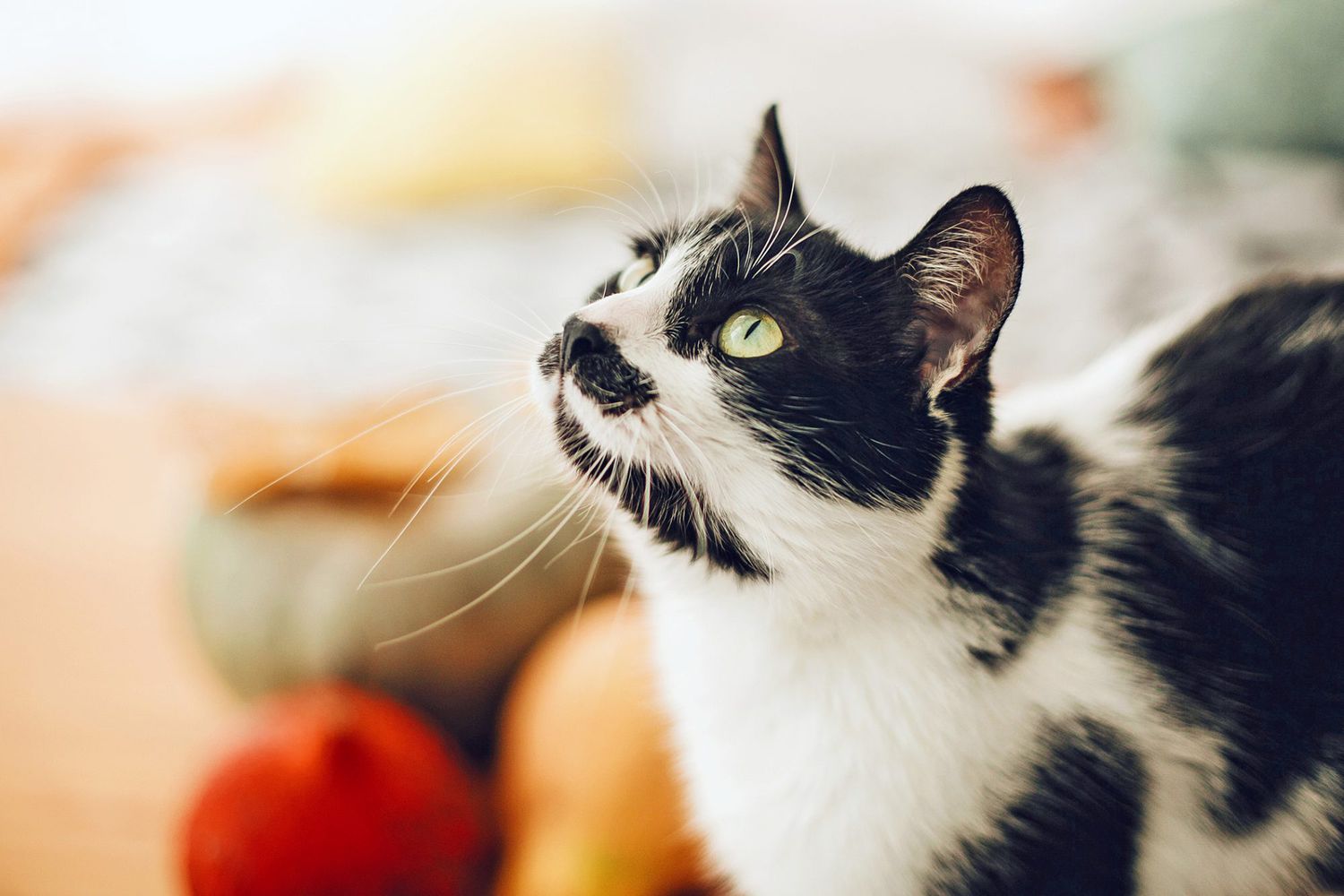Innovative Solutions for Disposing of Used Cat Litter
Innovative Solutions for Disposing of Used Cat Litter
Blog Article

Cat litter and litter boxes play a pivotal function in the lives of both felines and their owners. From the humble beginnings of sand and soil to the innovative improvements these days, the world of cat litter has evolved considerably. In this thorough guide, we explore every aspect of cat litter and litter boxes, exploring their history, types, benefits, challenges, and everything in between.
The history of cat litter dates back centuries, with ancient civilizations using sand, soil, and even ashes as primitive litter materials. However, it wasn't until the mid-20th century that contemporary cat litter as we understand it emerged. In 1947, Edward copyright presented the world's very first industrial cat litter made from absorbent clay, changing the method felines relieved themselves inside. Given that then, cat litter has actually gone through many improvements, with the intro of clumping litter, silica gel litter, eco-friendly alternatives, and more.
Today, feline owners are ruined for choice when it concerns choosing the right litter for their feline companions. Traditional clay litter stays popular for its price and efficiency in taking in odors. Clumping litter, which forms solid clumps when wet, simplifies cleansing and upkeep. Silica gel litter, made up of highly absorbent silica crystals, offers superior smell control and durability. Naturally degradable choices, such as recycled paper, wood pellets, corn, and wheat, attract ecologically mindful customers.
Each type of cat litter offers special benefits. Clay litter masters its ability to soak up wetness and control smells, making it a trustworthy option for many cat owners. Clumping litter streamlines everyday scooping and extends the time between total litter modifications. Silica gel litter offers exceptional smell control and can last longer in between replacements. Naturally degradable litters offer a sustainable option that reduces ecological effect.
While cat litter enhances indoor feline health, it is not without its difficulties. Dust from clay litter can position breathing dangers for both felines and people, prompting the appeal of dust-free alternatives. Some felines might develop litter box hostility due to issues with cat litter texture, fragrance, or cleanliness, demanding experimentation with different litters and box setups. Multi-cat homes may need strategic litter box positioning and frequent upkeep to prevent territorial disagreements and guarantee all felines have access to clean centers.
Choosing the appropriate litter box is vital for promoting positive litter box routines and overall feline well-being. Aspects to consider consist of size, accessibility, and style preferences. Covered litter boxes supply privacy and assistance contain smells, however some cats might find them restricting or intimidating. Open-top litter boxes provide simple access and presence but might lead to more litter scatter. Automatic self-cleaning litter boxes improve upkeep but need routine monitoring and maintenance.
Correct litter box maintenance wood pellets cat litter is vital for ensuring a tidy and welcoming environment for both cats and their owners. Daily scooping eliminates waste promptly, lessening odor and preventing litter box hostility. Regular litter replacement, usually every 1-2 weeks, avoids bacterial buildup and preserves optimum absorbency. Thorough cleaning cat litter scooper with moderate cleaning agent and water, preventing extreme chemicals that may discourage felines from utilizing the box, must be carried out monthly.
Cat litter and litter boxes play a central role in promoting a healthy and unified relationship in between cats and their human companions. With a diverse variety of litter alternatives and litter box designs offered, feline owners have the versatility to customize their options to suit their cats' preferences and home requirements. By comprehending the advancement, types, benefits, and challenges of cat litter and litter boxes, animal owners can offer their feline good friends with a comfy and sanitary indoor environment.